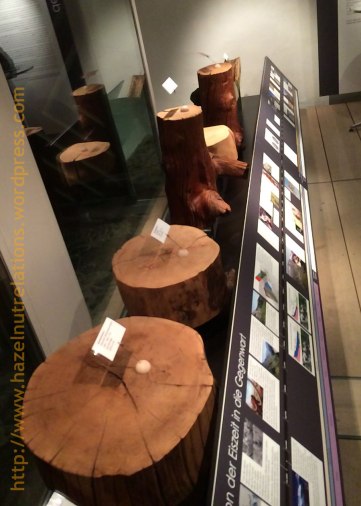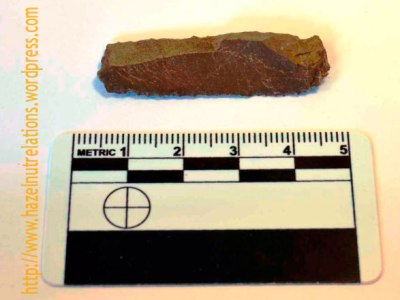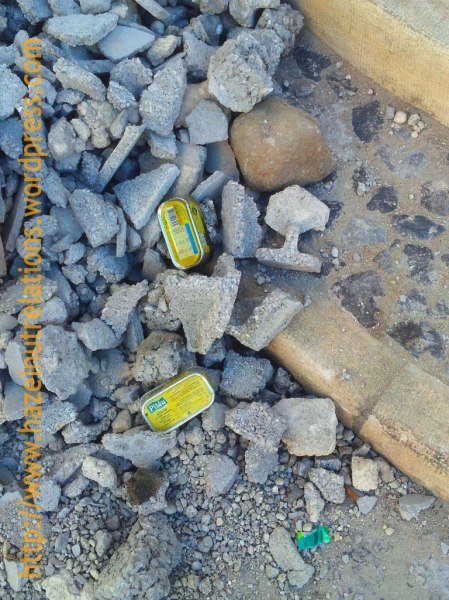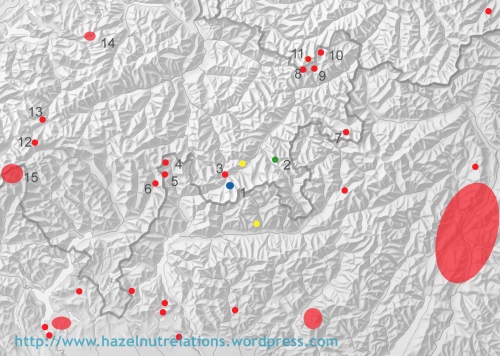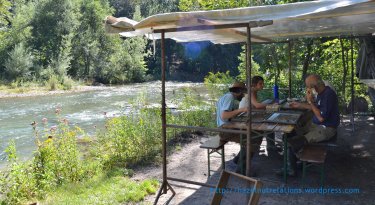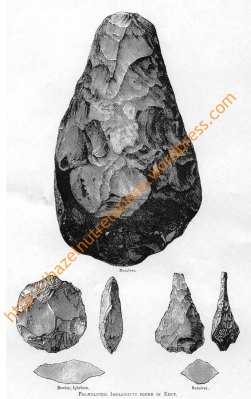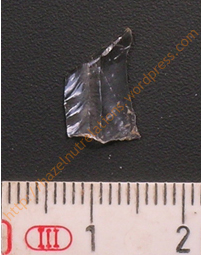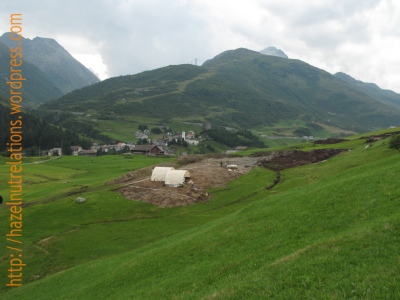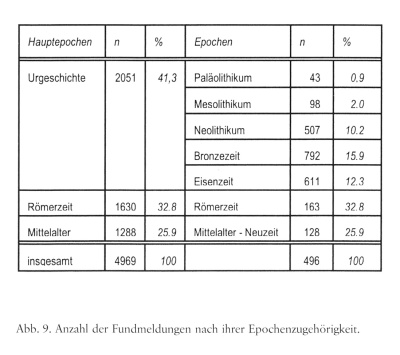« Trapèzes, fléchettes et autres pointes : évolution des armatures du second Mésolithique au Néolithique ancien entre Jura et Préalpes suisses. » was just published as part of a volume full of French, Belgian and Swiss Mesolithic goodies. It has it all: lithic technology, typology and use-wear. Enjoy your reading!
You can buy the book here. Or surely, your preferred local bookshop will be able to organise it for you as well.
Bassin (L.), Cornelissen (M.), Jakob (B.), Mauvilly (M.) 219 – Trapèzes, fléchettes et autres pointes : évolution des armatures du second Mésolithique au Néolithique ancien entre Jura et Préalpes suisses. In : Arbogast (R.-M.), Griselin (S.), Jeunesse (C.), Séara (F.) (dir.) – Le second Mésolithique des Alpes à l’Atlantique (7e – 5e millénaire). Table ronde internationale, Strasbourg, les 3 et 4 novembre 2015 , Strasbourg, 11-37 (Mémoires d’Archéologie du Grand-Est 3).
Summary
The rich lithic assemblages from the sites Arconciel/La Souche and Onnens/Praz Berthoud provide new insights into the end of the Mesolithic in western Switzerland. The continuous stratigra-phic sequence at the rock-shelter of Arconciel/La Souche (canton of Fribourg) was excavated between 2003-2012. It evidences the repeated occupation of the site between 7100-4800 BC. The numerous projectile points found here show the typological development of this artefact category throughout its occupation. This development is characterised by the appearance of Late Mesolithic blade and trapeze industries just before the middle of the 7th Millennium BC and a continuing tradition of production into the 5th Millennium BC. Macro- and microscopic use wear analysis of a sample of artefacts allows the discussion of the function of artefacts which are habitually called projectile points. These analyses indicate multiple uses of the artefacts throughout the site’s occupation and show how those artefacts used as projectile points were probably hafted. Excavated between 1997-2004, open-air site Onnens/Praz-Berthoud (canton of Vaud) is another rare example of a recently excavated site dating to the end of the Mesolithic on the Plateau Suisse. In addition to a comparable corpus of Late Mesolithic projectile points, an assemblage of Early Neolithic, 5th Millennium lithic artefacts extends the chronological range offered by Arconciel/La Souche. Although there are small differences between the projectile point assemblages from the two studied sites, there are many parallels as well. This is especially true for the symmetric and rectangularly shaped trapezes and some of the so-called “evolved” points. A diversification of shapes can be observed towards the end of the Mesolithic. This diversification is accompanied by an increasingly asymmetric trapezes and the appearance of small, asymmetric points with concave bases, called “evolved” points or “fléchettes”. With time these small points show ever increasing inverse and invasive retouch, slowly developing the characteristics of Early Neolithic points. The comparative study of two assemblages of projectile points provides new insights into the typological characteristics and their developments throughout the End of Mesolithic and the beginning of the Neolithic north of the Alps. This study increases our knowledges of the Late Mesolithic of the Swiss Plateau, while the archaeology of the following period, esp. that between 4800 and 4500 BC remains difficult to grasp here. Little comparative material is momentarily available for the rare material from this period from Onnens/Praz Berthoud.
Résumé
Avec chacun de riches séries lithiques, les deux sites d’Arconciel/La Souche et d’Onnens/Praz Berthoud viennent compléter nos connaissances de la fin du Mésolithique en Suisse occidentale. L’abri sous roche d’Arconciel/La Souche (canton de Fribourg) a comme principale caractéristique une stratigraphie conséquente, avec des phases d’occupation qui se succèdent chronologiquement presque sans interruption de 7100 à 4800 av. J.-C. Il livre également une série importante d’armatures dont l’évolution typologique jalonne le remplissage de l’abri. En plus d’un corpus comparable du second Mésolithique, le site de plein air d’Onnens/Praz Berthoud (canton de Vaud) vient quant à lui apporter un assemblage de pièces qui sont datées dans la continuité au cours des quelques siècles postérieurs à 4800 av. J.-C. L’observation des séries de ces deux sites apporte des élé-ents de caractérisation typologique pour la fin du Mésolithique au nord des Alpes. En plus de cette approche typologique, la fonction de ces pièces définies comme armatures est également questionnée avec l’analyse tracéologique de quelques artefacts d’Arconciel/La Souche. Les résultats de ces observations conjointes mettent en évidence la diversité des armatures de la fin du Mésolithique avec une évolution des trapèzes qui deviennent de plus en plus asymétriques, parallèlement à l’apparition de petites pointes dites « évoluées » (fléchettes, pointes asymétriques à base concave) tendant vers des pièces davantage recouvertes de retouches rasantes, jusqu’à celles caractéristiques … (auch auf Deutsch unten) Continue reading













